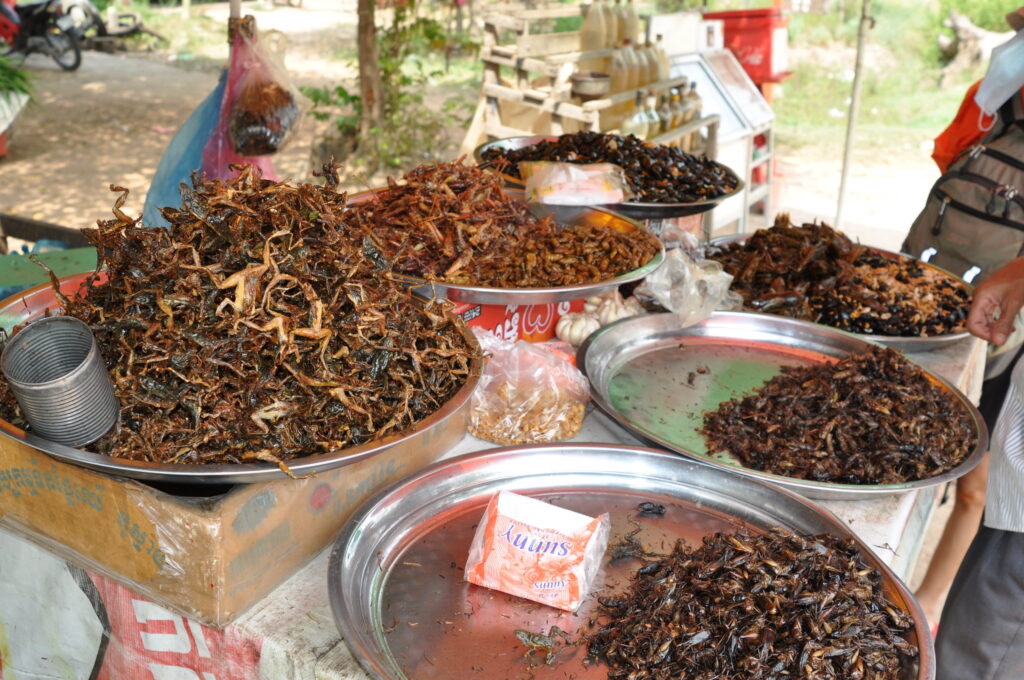
According to the World Food Programme, a record 349 million people across 79 countries are facing acute food insecurity. This constitutes a staggering rise of 200 million people compared to pre-pandemic levels. Nearly one million people globally are fighting to survive in famine-like conditions, which is ten times more people than just five years ago.
As a result, many experts contend that alternative or so-called novel food sources – such as lab-grown meats, seaweed aquaculture, and insects – will be necessary to help fight global hunger and global food insecurity.
Insects already form a significant part of diets in many cultures around the world. Insects are great sources of nutrients, including protein, vitamins, and minerals. But insects have yet to be embraced in any substantial way in western cultures… but that may be changing.
In fact, the European Union has now certified four types of bugs as food fit for human consumption. The larvae of lesser mealworms and house crickets recently became the third and fourth insects approved for sale as food in the EU, joining yellow mealworms and grasshoppers. Eight more applications are awaiting approval.
Insects are already a delicacy in many high-end restaurants around the world, and a normal and healthy part of diets in countries like Mexico and Thailand. Embracing insects as a food of the future will not only help in the fight against global hunger, but will also help to reduce greenhouse gas emissions and to slow species extinction.
In Western food markets, the so-called “yuck factor” remains the biggest hurdle to cross. But as the world population grows, the need for sustainable solutions in the food industry grows with it.
**********
Web Links
Insects on the menu as EU approves two for human consumption
World Hunger Surged in 2020, U.N. Says
Photo, posted April, 2014, courtesy of Shankar S. via Flickr.
Earth Wise is a production of WAMC Northeast Public Radio
Leave a Reply